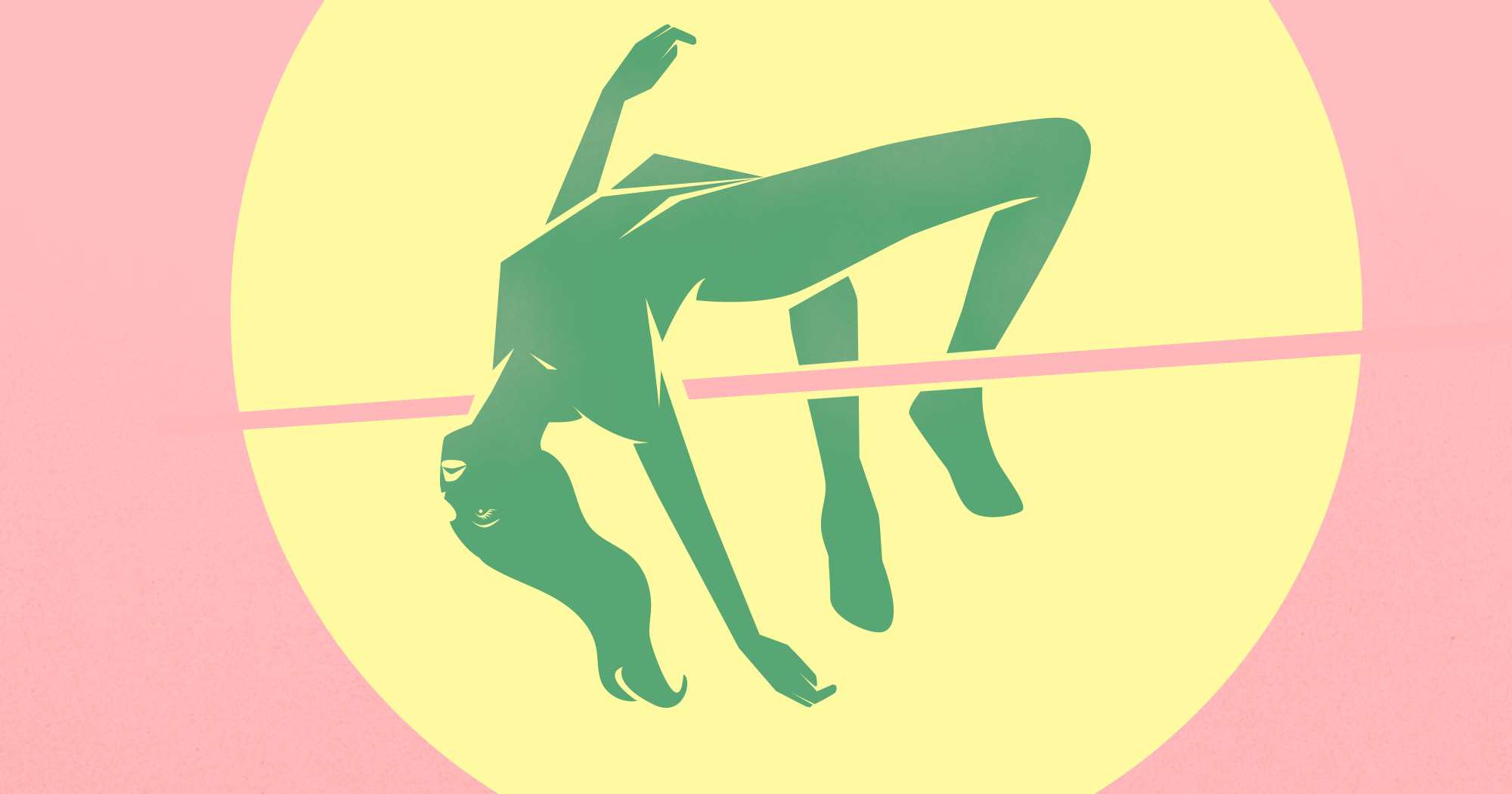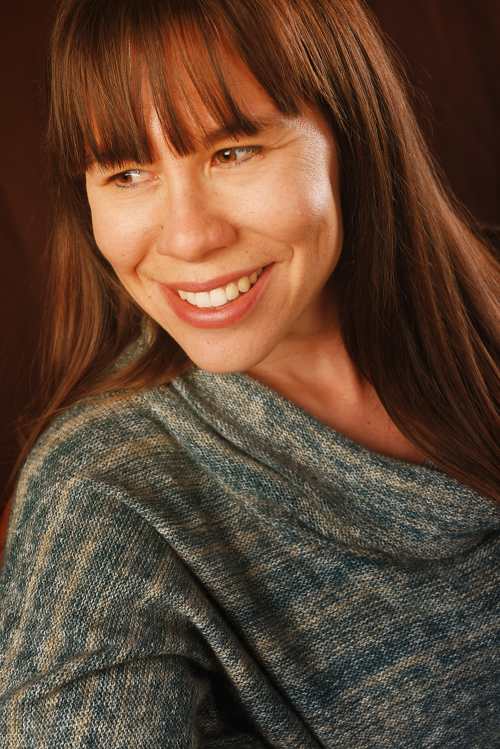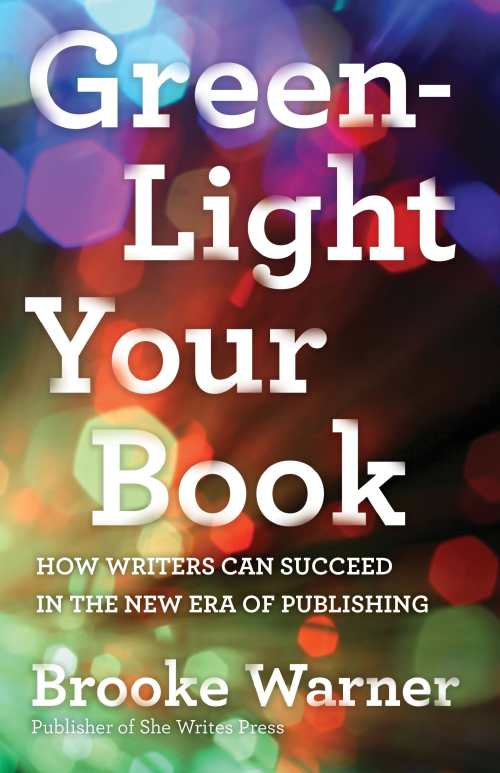She Writes Press: Raising Indie Standards

There are more opportunities today than ever for indie writers to make their voices heard, yet more freedom to publish, without the help of a traditional publisher, does not mean all authors begin from a level playing field. Brooke Warner knows that is the case especially for women writers, and she’s helping to raise the standards for all indie authors through a couple of projects. She’s the publisher of She Writes Press, which exists to “provide women writers with a professional publishing platform,” and her most recent book, Green-Light Your Book: How Writers Can Succeed in the New Era of Publishing, helps authors achieve a professional standard. I talked to Brooke about how she’s helping to raise the bar.
“Self-publishing” is a kind of misnomer, since there really is a team of experts behind every good nontraditionally published book. But how much money can an author expect to have to pay for design and editing services?

Brooke Warner: 'An author can spend very little, but that doesn't mean they should.'
Yes, I agree with you about the term, and I think that’s why so many self-published authors prefer other terms like “indie.” That said, part of the problem with self-publishing is that the quality varies so dramatically. An author can spend very little, but that doesn’t mean they should. No matter what answer I give here, people will protest, but I believe a good cover design will cost nothing less than $500.
I think authors should spend money on stock images too, or on book cover illustrations. Traditional publishers are spending $2,000-$4,000 on a single cover design, so self-published authors who are spending $100 or designing the covers themselves are not going to compete with that level of design.
Then there’s the interior, which should also be done by a professional, and not by template. As far as editorial costs go, this is yet another murky area because of the incredible range of rates out there. I’ve come across editors who charge $20/hour and editors who charge $300/hour. Authors need to check references and make sure the editor they’re choosing to work with is actually a certified editor, or that they’ve worked in the industry in some capacity.
The hardest thing for me to witness is all the people who hang their shingles as professional editors when they have no real experience other than the fact that they’ve written or published their own books. That’s not enough. So I think a good editorial rate to expect to pay is somewhere in the range of $60-$100/hour.
Can you explain the driving philosophy behind She Writes Press? Are there networking and support needs specific to women authors?
She Writes Press was founded to provide women writers with a professional publishing platform that would rival traditional publishers, but where, unlike traditional publishing, the writers’ work would be measured by its merit, and not by their author platform.
I worked in traditional publishing for thirteen years, and toward the end of my stint there, I was both intimately familiar and dismayed by the emphasis on author platform. Books that would have been traditionally published a decade ago no longer have a chance. Because the barriers to traditional publishing are so high, the vision for SWP was a press where the editorial and design standards are as high as traditional publishing, but where the authors don’t have to have a huge social media following, or a TEDx talk, or an already-established brand.
It’s also very community-based, because She Writes Press was developed to serve SheWrites.com, the biggest online community of women writers in the world. Our authors have a unique experience in that they get to know one another. They have a secret Facebook group, they tour together, they go to Book Expo together. That a publisher would encourage its authors to get to know one another is unprecedented in my experience of the industry, which is largely invested in behaving in a pretty patriarchal way toward authors. We’re the opposite of that—transparent, women-centric, community-driven, and partnership-focused.
Should an author simultaneously pitch their ideas to big publishers while using self-publishing as a backup plan? Or should the declining Big Five not even enter into the equation?
We have no problem being a back-up plan for authors. Would-be authors often apologize to me for wanting to shop their books to traditional publishers as they’re considering us, but I always say that if they have aspirations to traditionally publish, they should pursue that so they know what all their options actually are.
The only SWP author who’s declined a deal from the Big Five is my co-founder, Kamy Wicoff. Like a lot of authors, she wanted to see what she could get, but at the end of the day the deal wasn’t sweet enough for her to want to abandon SWP, and I’m grateful for that. But we have six or seven other authors who’ve declined other small press deals in favor of SWP. I think it’s tough to decline a really good advance in favor of publishing in a more independent way, but there are some authors who will be better suited to our model—authors who want more creative control, involvement, community.
There’s no one right path for any author, and authors really need to measure the pros and cons of all deals—even a Big Five deal. That said, the Big Five deals are not easy to get. If it were at all easy to get a traditional deal in any capacity I don’t think SWP would be seeing the kind of success we’re seeing. We are drawing so many authors to our program because we’re creating a viable alternative to traditional publishing, with our vetting process, publishing mission, and traditional distribution. We want to compete against traditional publishing, but we are happy to be an alternative to traditional publishing. We’re not touting ourselves as a traditional press because we’re proudly nontraditional.
Does everybody have an interesting story to tell that others would want to read?
I think everyone has a story to tell. The question is not whether it’s interesting, but whether they can put in the time, energy, and/or resources it takes to learn how to tell it well. There are natural storytellers who don’t know how to execute scenes. There are people who are great speakers, but who don’t understand how to translate their words into a viable book-length project. There are published authors of self-help books who struggle to write other forms, like fiction and memoir, even though they’re experienced writers. I believe in putting in the work. I strongly believe in curating, which is why SWP is a curated press.
One of that lasting stigmas of self-publishing is that anyone can publish anything they want—and they do. I’m such a strong advocate for high standards in publishing, and that starts with editorial. I’m also a populist, and so the notion that you have to already “be someone” to be worthy of publishing a book gets my goad. But there’s a rub here in that the people who are already someone big publishers want to publish have proven themselves, or the publisher will hire a ghostwriter to make sure the work is publish-ready.
Traditional publishers have hundreds of years of standards that their editorial and design teams adhere to. That means indie authors have to work twice as hard to execute good books, and to make sure, before they’re published, that they are indeed good enough that others would want to read them. I think this is our mandate, and we’re seeing strides in indie publishing because a critical mass of emerging authors understands this and we’re collectively hitting those high standards in much higher numbers.

Howard Lovy is executive editor at Foreword Reviews. You can follow him on Twitter @Howard_Lovy
Howard Lovy
